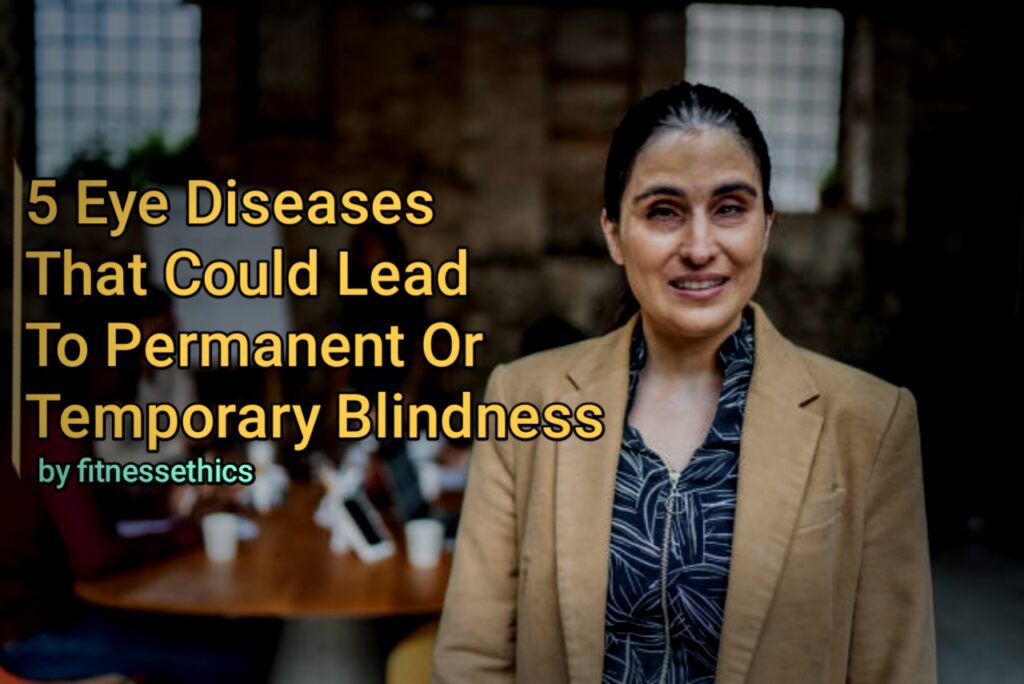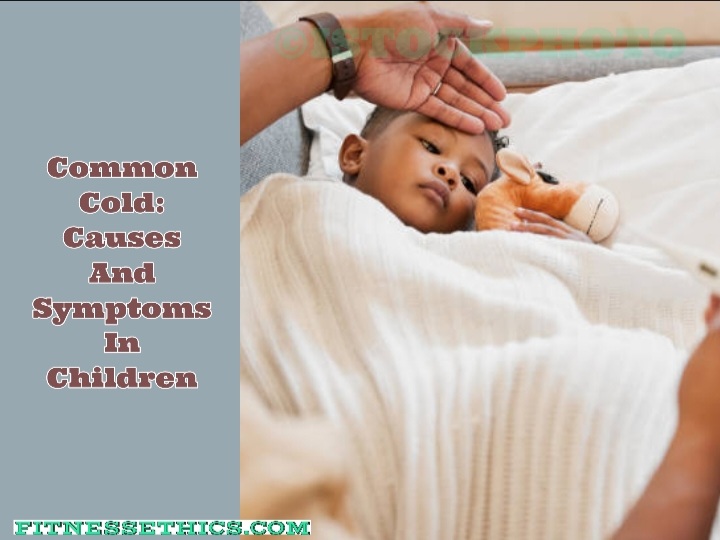Blindness is the concealment of sight or lack of vision. Blindness can occur at any age, but there are certain. People that are born blind really don’t know how the word looks; they don’t know the colour they see as they’ve never seen colours. Coming to this world as an infant blind will be challenging as they won’t be able to join in the activities of normal people.
Being born blind and getting blind at some stage in your life are two different discussions. Getting blind at an early stage in life, especially when you didn’t see it coming, could cause a mental breakdown. Getting blind later on in life after you have been diagnosed with a particular condition could also cause a breakdown, but in this case you knew what was coming.
There are eye diseases that could lead to permanent blindness if they are not properly attended to by medical professionals. Eye diseases and conditions could cause total or partial blindness. Eye conditions that can’t be corrected through the use of glasses or contact lenses could lead to partial blindness. We have to look out for even the slightest symptoms to avoid a scientifically incurable condition. The leading causes of vision impairment and blindness are uncorrected refractive errors and cataracts. The majority of people who have vision impairment or blindness are over the age of 50, but vision loss can affect people of all ages. Eye diseases or infections could come at any age in life. These are some of the eye diseases that could lead to permanent or temporary blindness.
1. Eye Injury

An injury to the eye could be sustained during sports, an accident, or eye pricking. Small injuries to the eye could lead to long-term damage, which, of course, can lead to blindness later on. The eye is one of the vital organs in the body; losing it means you’ve lost one of your senses as a human being. You won’t be able to perform your day-to-day activities as you used to. Always keep a safe distance from potential hazards, such as dangerous equipment and sharp, high edges.
2. Cataracts
in some cases, are seen as partial blindness as they’re the clouding of the eyes’ natural lenses. Cataract is common amongst older adults. It’s only natural and might happen to you once in your lifetime. It’s actually a common condition. Because it’s so common, cataracts are the leading cause of blindness worldwide and the leading cause of vision loss in the United States. A cataract can happen at any age and could eventually be present at birth. It could be on both eyes or just one.
Diabetic retinopathy is a common eye disease that’s associated with diabetes, a chronic disease that features elevated blood sugar levels. Diabetes affects the eyes in the same way that it affects the rest of the body, according to research. Total body failure and weakening of vital organs, which could eventually lead to death, Diabetes should be tampered with by the right and tested medical professionals.
4. Glaucoma
Glaucoma is a condition where the retinal neurons that send the signal from the eye to the brain die. One can’t describe or explain an image or something properly. This disease most often progresses slowly over time, with patients losing part of their visual field and/or visual acuity. If the visual field diminishes to 20 degrees or less, then the patient is legally blind. The normal binocular visual field (using both eyes) in the horizontal plane is about 180 degrees. If you feel you’re having symptoms, it would be best if you had your system diagnosed. The earlier the better, and prevention has always been better than cure.
Legal blindness can be caused by age-related macular degeneration (AMD) because this disease affects the central vision provided by the macula (the specialized central part of the retina). Patients with severely damaged maculas in both eyes have visual acuity measured on an eye chart of 20/200 or worse. However, their peripheral, or side vision, is usually intact, so they can see shapes and movement and read large letters with the help of magnification and bright lights.
[starbox]



